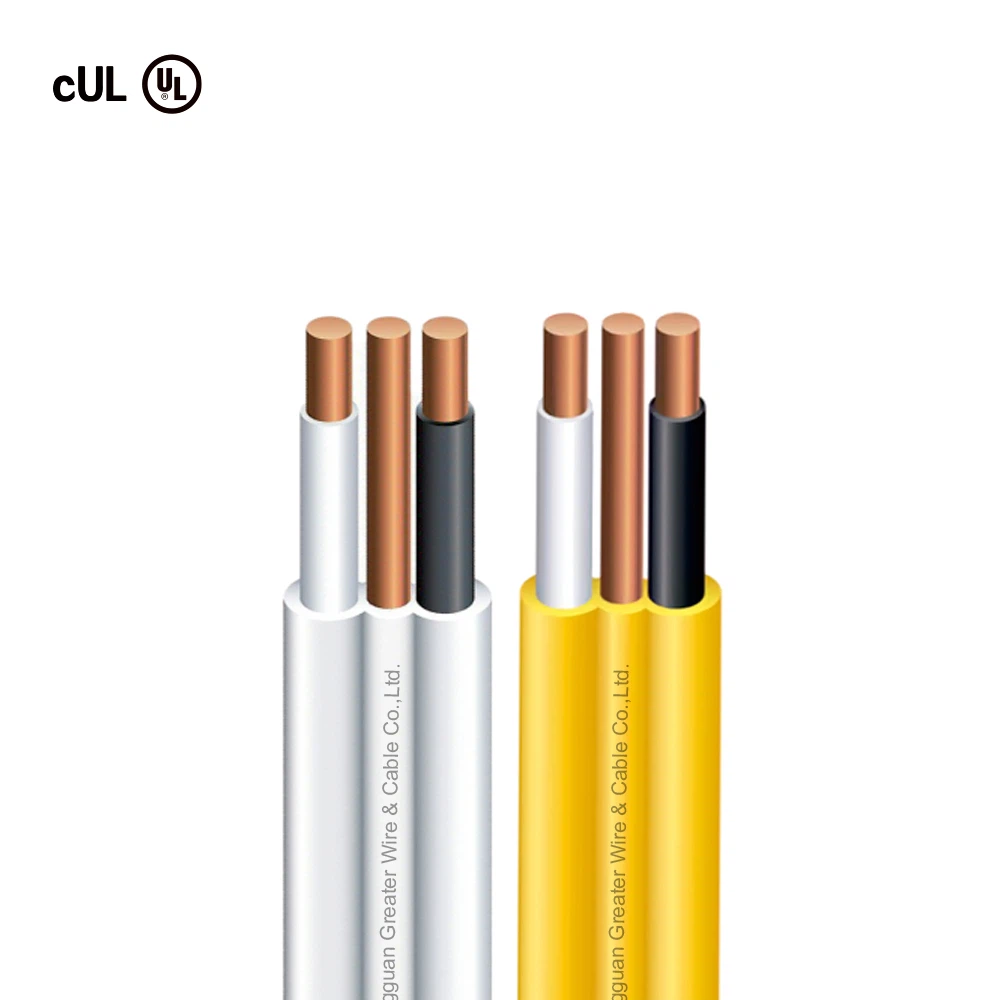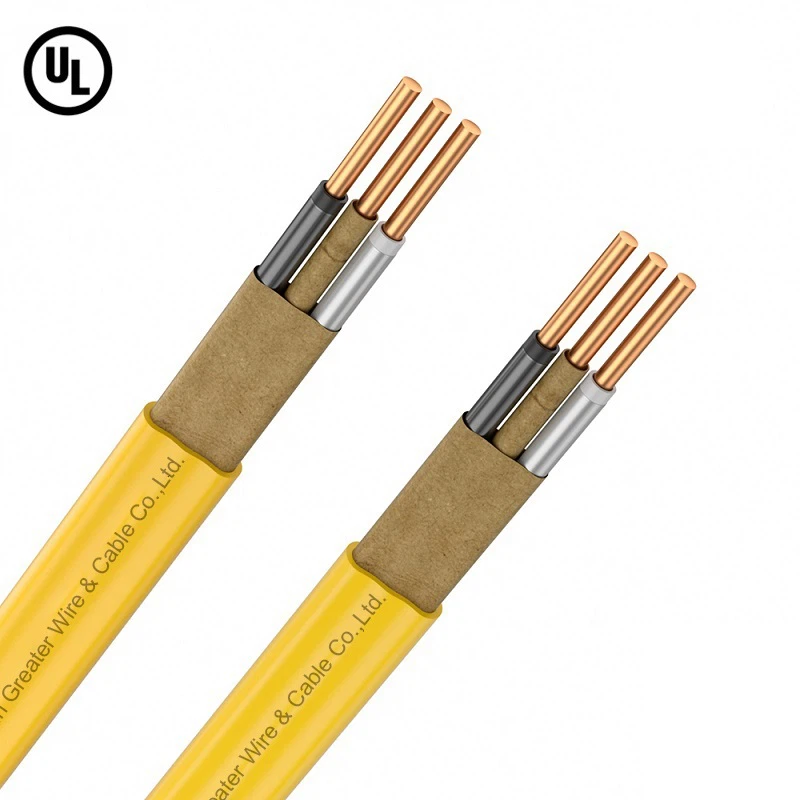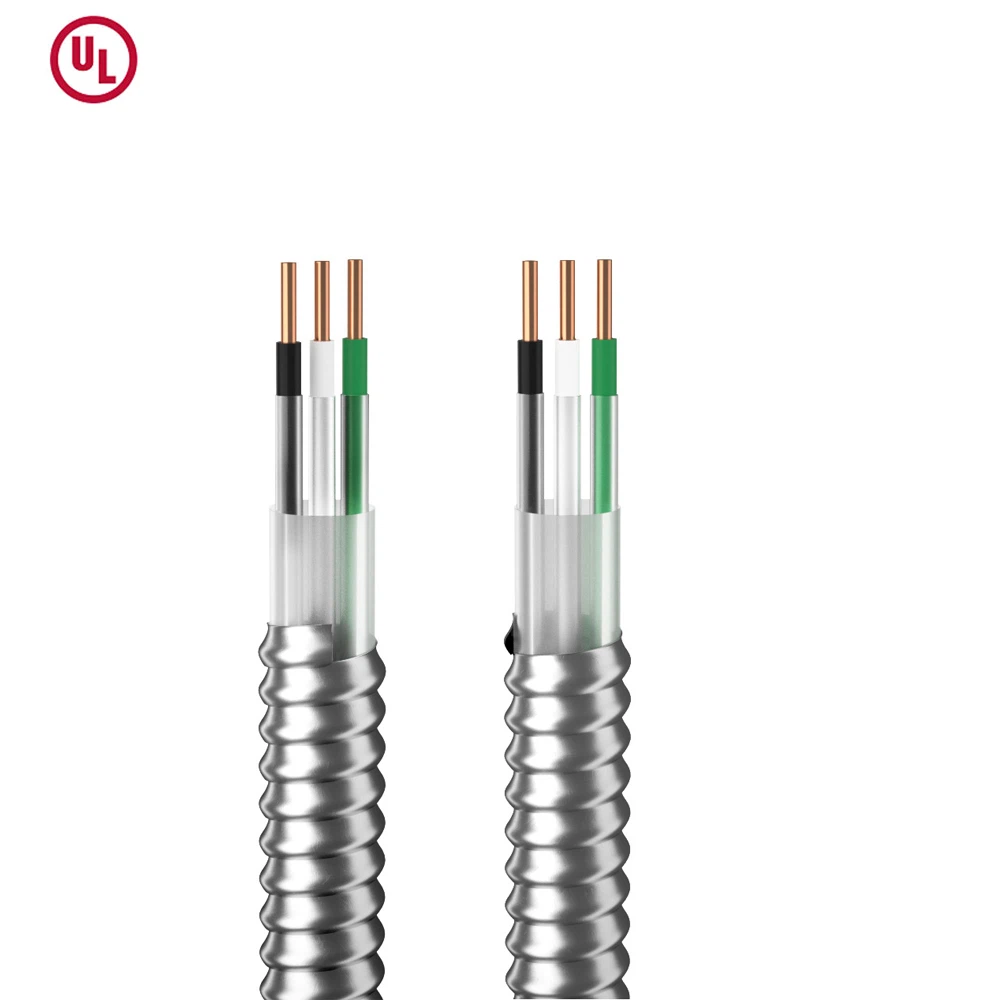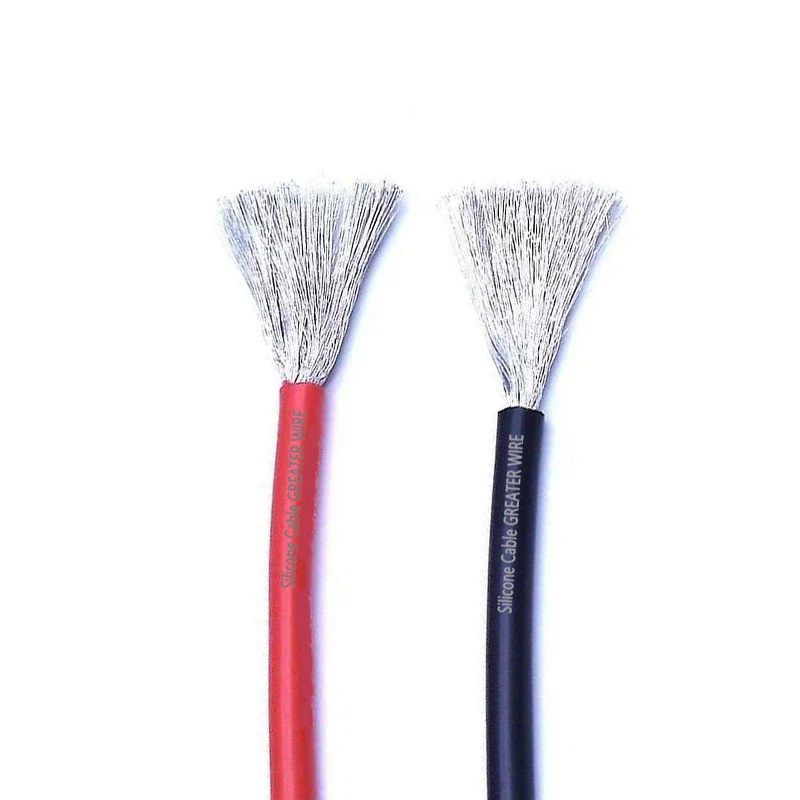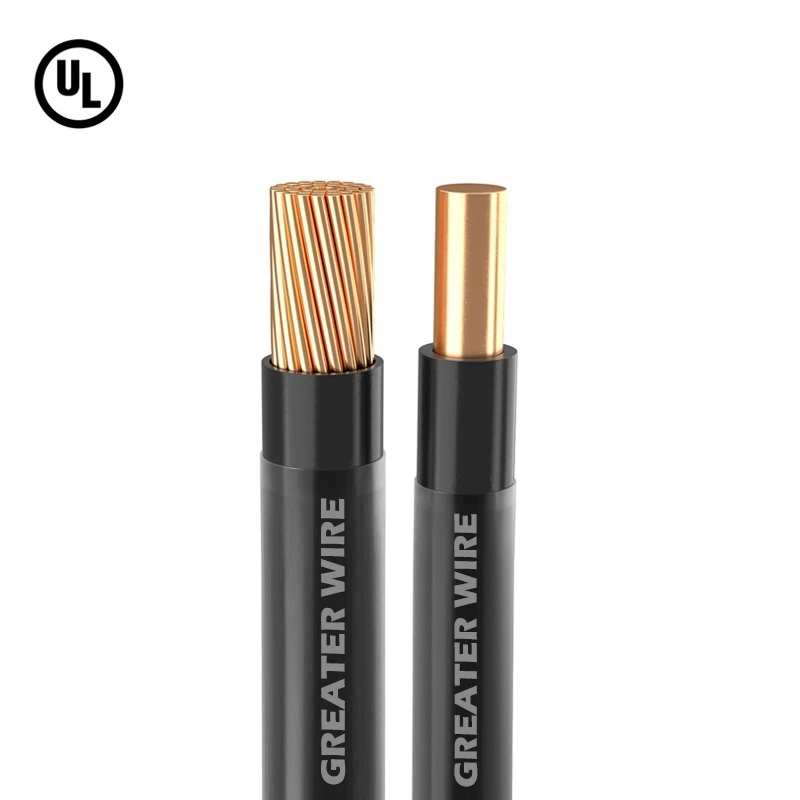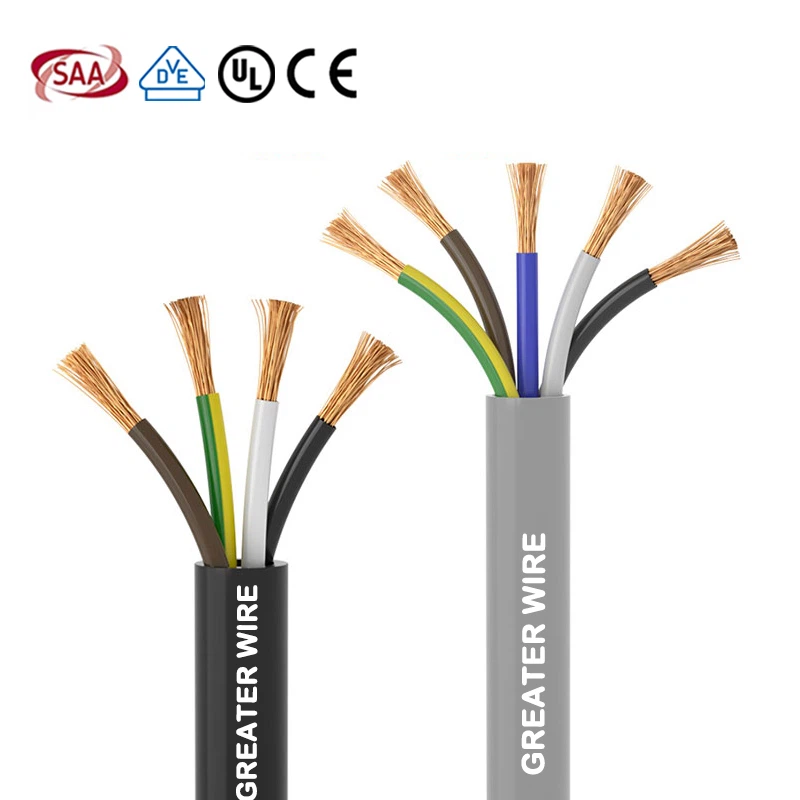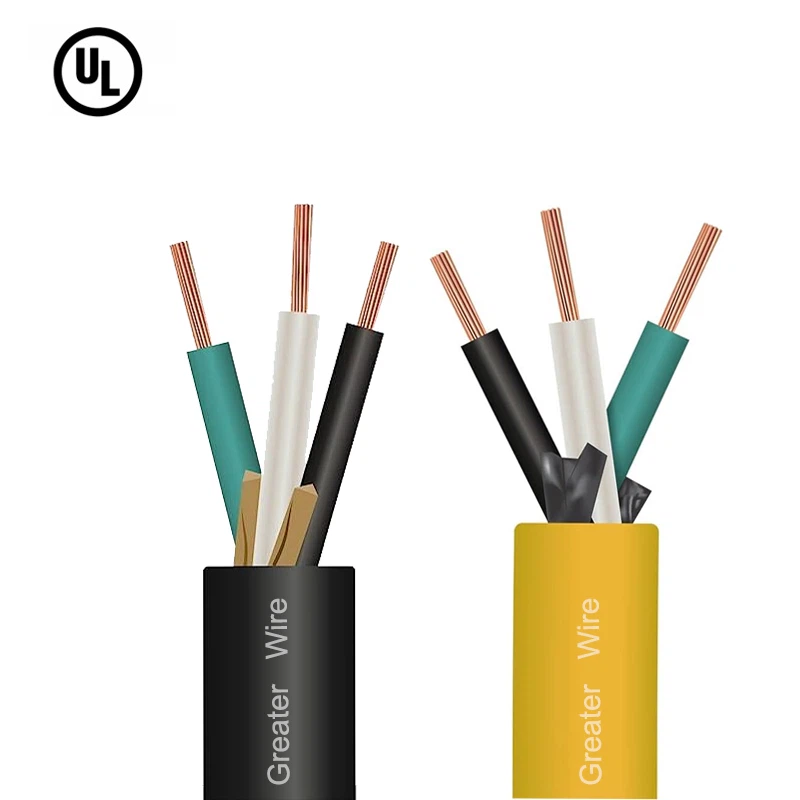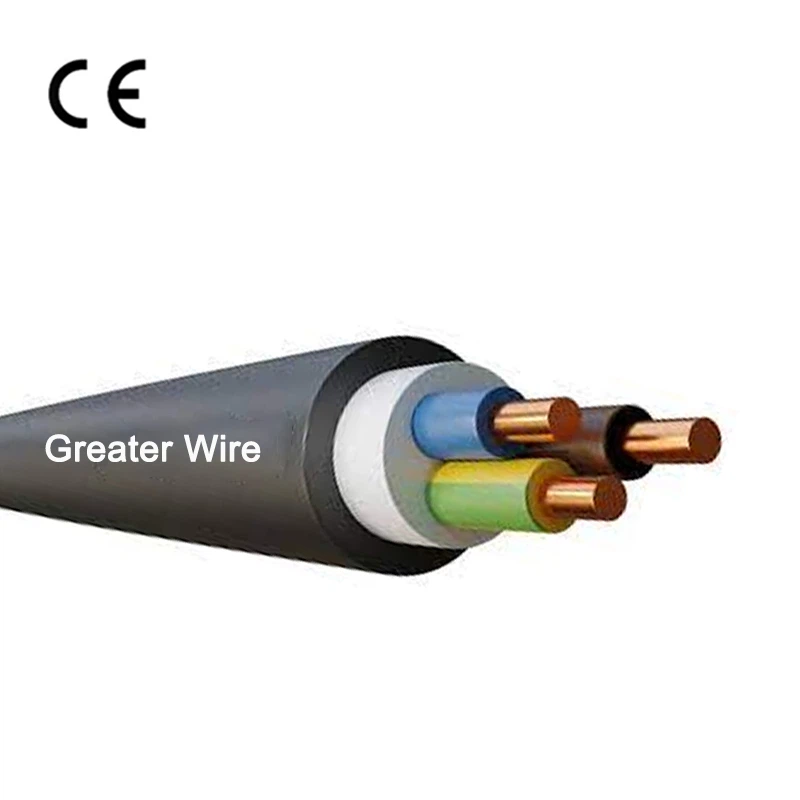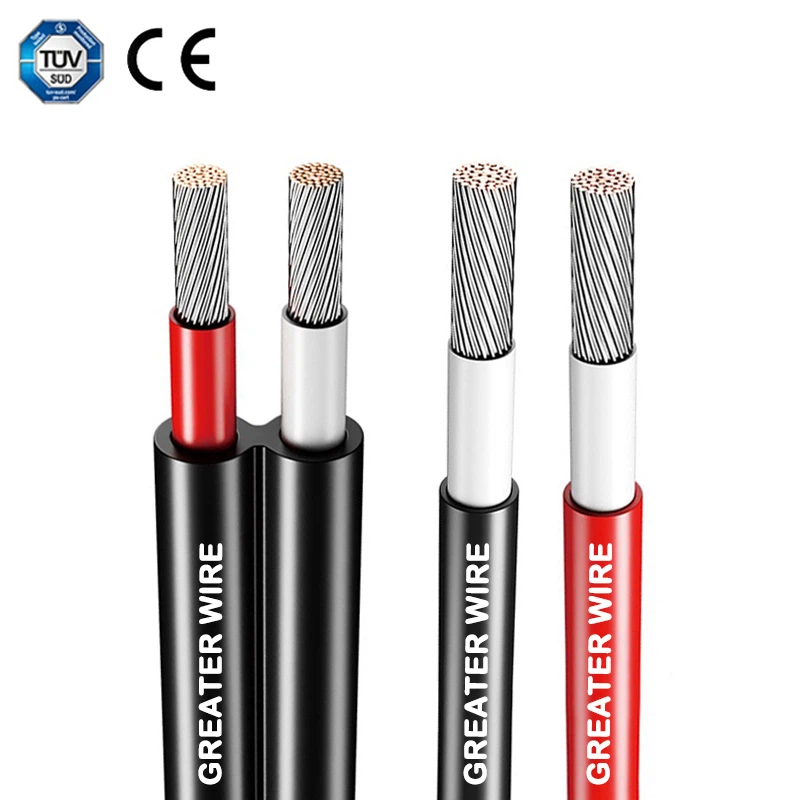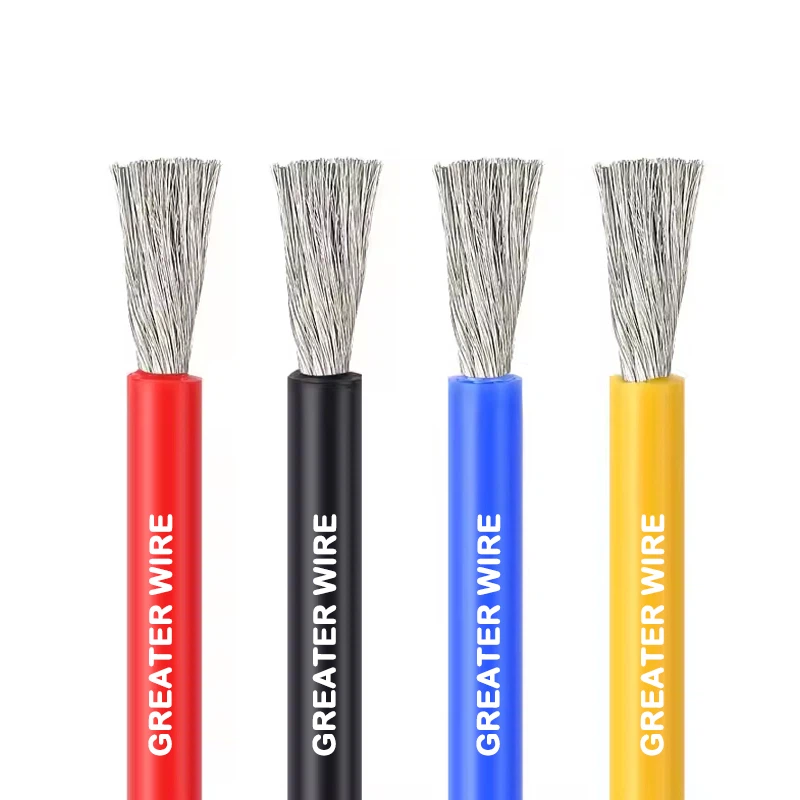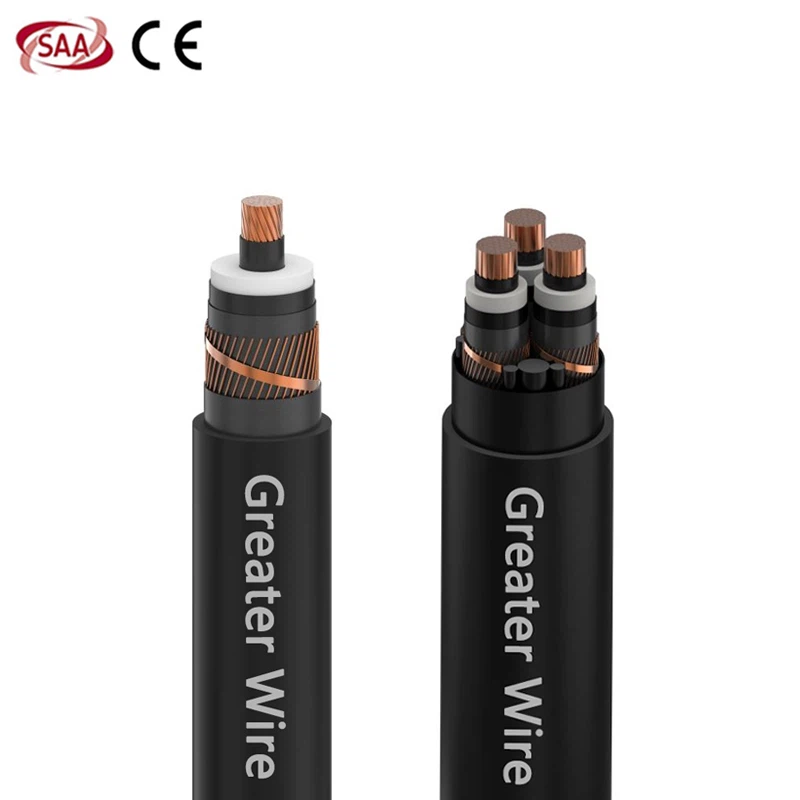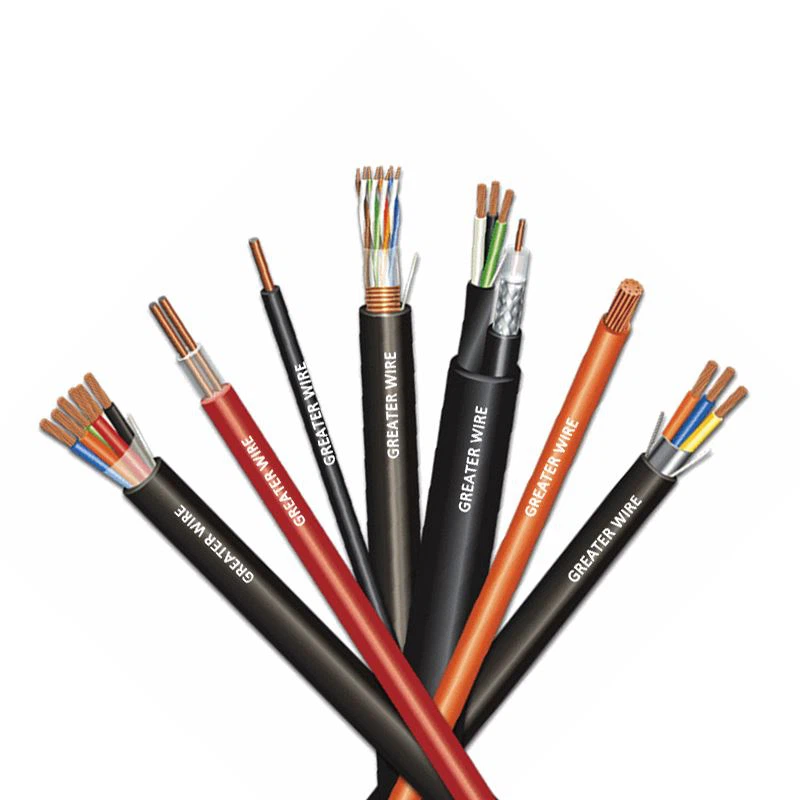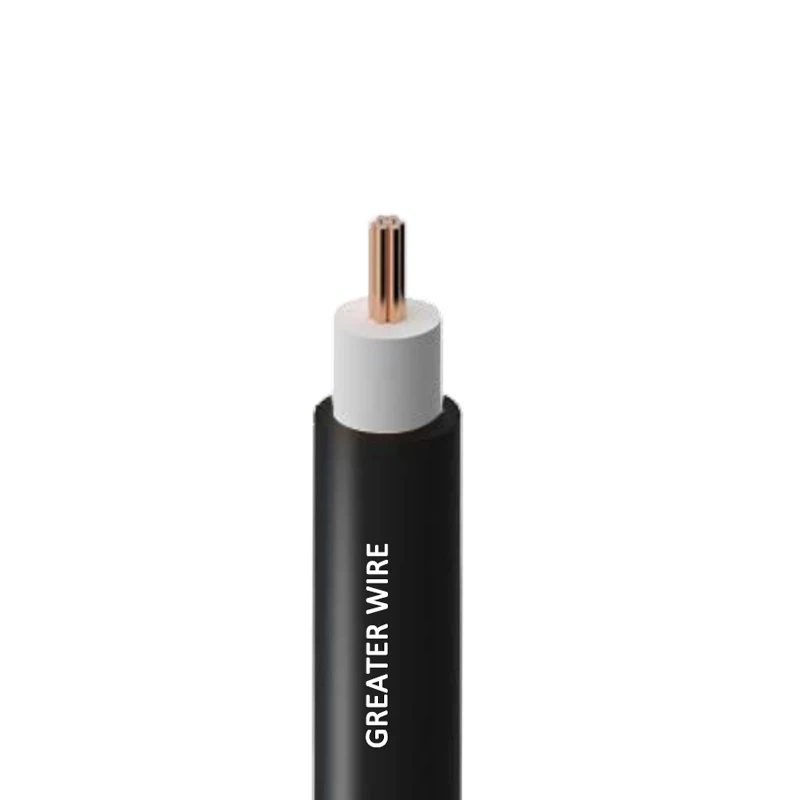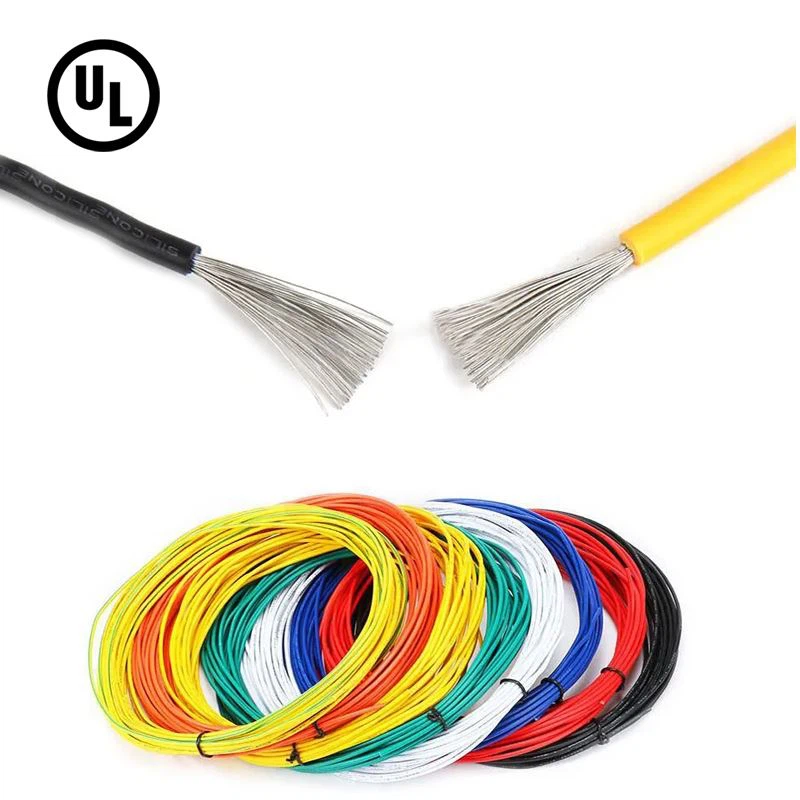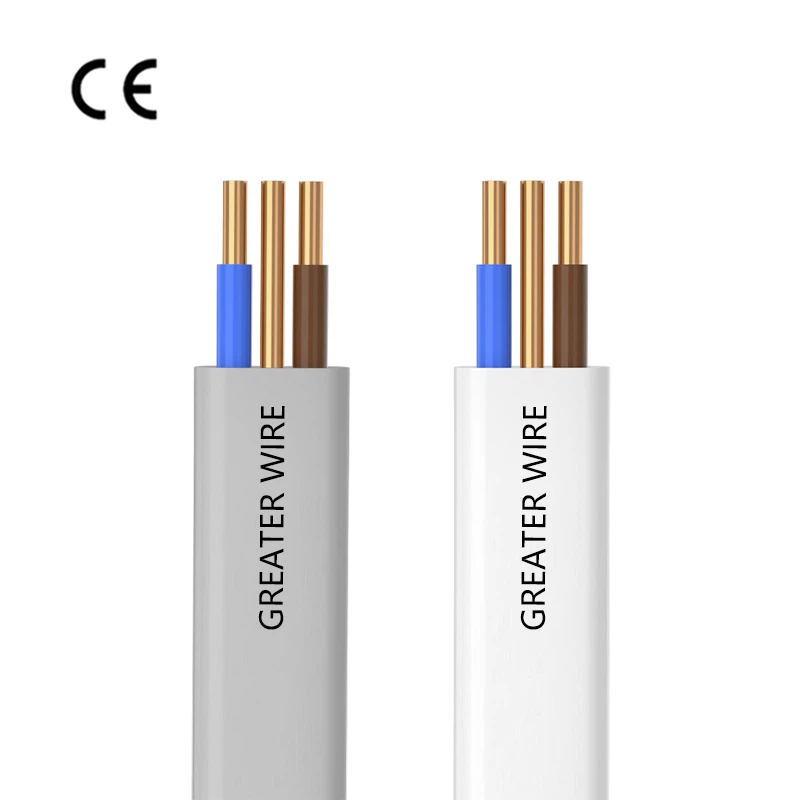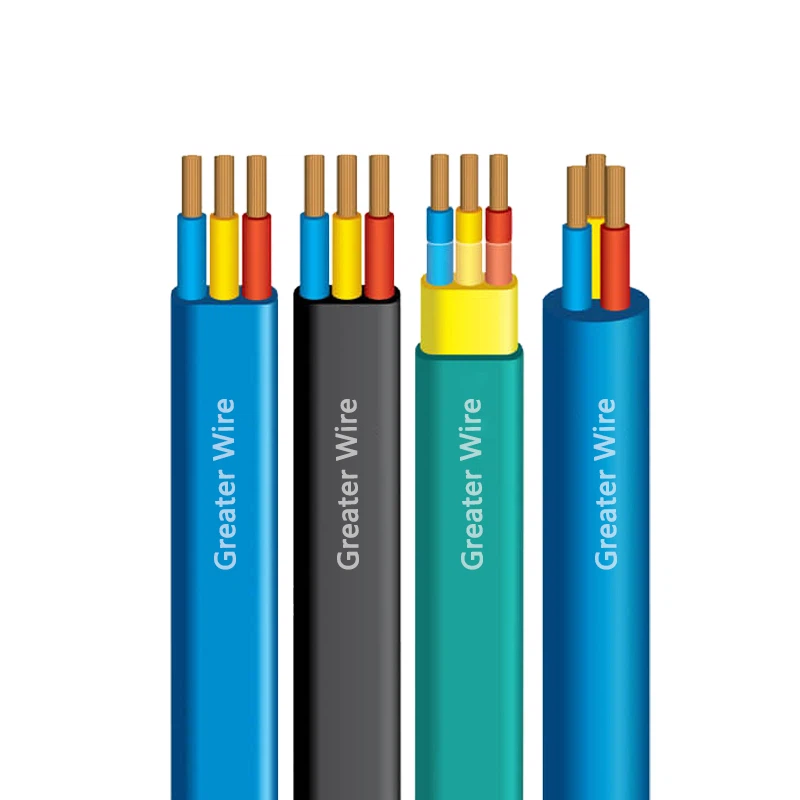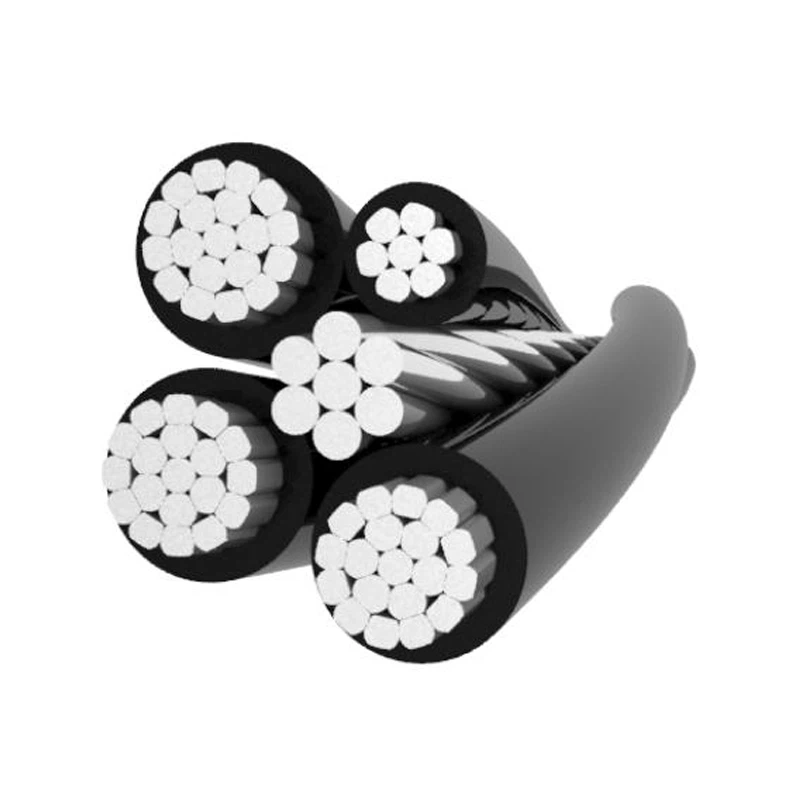1. Review of the basic concepts of THHN wire
THHN cable is the abbreviation of Thermoplastic High Heat-resistant Nylon-coated, which means thermoplastic high heat-resistant nylon sheathed wire. The structure of this wire is usually composed of a copper conductor (solid or stranded), covered with a polyvinyl chloride (PVC) insulation layer, and covered with a layer of nylon sheath to enhance its mechanical protection and oil, acid and alkali resistance.
THHN building wire are widely used in building power wiring, internal wiring of distribution cabinets, motor control cables, industrial machinery and equipment wiring and other scenarios. Its advantages are:
High heat resistance: It can operate for a long time in a dry environment at 90°C;
High insulation strength: The PVC insulation layer gives it excellent electrical insulation performance;
Chemical corrosion resistance: The nylon sheath can effectively resist corrosive media such as oil, gasoline, acid and alkali;
Easy to install: Soft and easy to bend, suitable for various complex wiring needs.
Because of these characteristics of THHN wire, it has been adopted by the electrical standards of many countries and further regulated in accordance with domestic laws and regulations.
2. THHN Wire under Philippine standards
In the Philippines, electrical products must comply with the Philippine National Standard (PNS) and related safety regulations. The Philippines' standard setting for wires and cables is mainly supervised by the Bureau of Philippine Standards (BPS), which refers to some international standards such as IEC and UL, but formulates localized standards in combination with domestic market characteristics and actual usage.
1. Material composition and performance requirements
Most THHN cable on the Philippine market is produced by local cable manufacturers in accordance with PNS, UL or IEC standards. Under the framework of Philippine standards, the core performance of thhn electrical wire is close to that of the US standard, for example:
The conductor is usually stranded bare copper or tinned copper;
The insulation layer is PVC and the sheath is nylon;
The heat resistance is 90°C;
The working voltage is 600V.
However, due to the local humid environment, high temperature, strong acid rain and other climate factors, some Philippine manufacturers will appropriately strengthen the thickness of the outer sheath and the corrosion resistance to adapt to the use environment in tropical areas.
2. Certification system and quality supervision
If the thhn electrical wire in the Philippines is used in large-scale construction projects or public works, it is usually required to be certified by BPS and obtain the product certification mark (PS Mark). In addition, Philippine imported cable products must also pass the Import Commodity Clearance Certificate (ICC Mark) to ensure that they meet local safety standards. Some projects also require products to meet internationally accepted certifications, such as UL, CSA or IEC.
Because Philippine standards allow reference or adoption of foreign standards to a certain extent, there are many sources of THHN wire or THWN wire products on the market, including local manufacturing and imported products. Although the appearance is consistent, products from different manufacturers may differ in performance stability and service life.
3. Application fields
In the Philippines, thhn electrical wire is widely used in residential building wiring, commercial building electrical systems, infrastructure projects (such as power grid transformation, elevator power supply), industrial factory power distribution and other fields. Especially in high-rise buildings, THHN wire have become the first choice due to their high insulation and heat resistance.
3. THHN Wire under US standards
The United States is the country of origin of the Wire thhn standard. THHN cable produced by US cable manufacturers is usually strictly implemented in accordance with the standards set by the National Electrical Code (NEC) and the American National Standards Institute (ANSI). In particular, the UL 83 and UL 1581 standards issued by UL (Underwriters Laboratories) have detailed requirements on the structure, test methods, safety level and other aspects of THHN wire.
1. Technical standards and test specifications
Thhn electrical wire under US standards must be UL certified. According to the UL 83 standard, THHN cable need to meet the following key requirements:
Conductor: must be fine-stranded copper or solid copper conductor with less than 19 strands;
Insulation layer: thickness has clear specifications, and the material must meet the requirements of thermal aging test;
Nylon sheath: must pass wear resistance, oil resistance, and flame retardant tests;
Working temperature: 90°C dry environment, 75°C wet environment;
Voltage level: 600V;
Flame retardant requirements: must pass VW-1 flame retardant test.
In addition, American thhn wire must also pass UL 1581 tests on thermal shock, cold bending, abrasion resistance and other items to ensure their stability and reliability in complex environments.
2. Product marking and identification
American standard THHN WIRE usually has clear markings printed on the outer sheath, including:
"THHN";
Voltage level (such as 600V);
Conductor size (such as 12 AWG);
UL certification mark;
Manufacturer name;
Flammability rating, etc.
This information not only helps installers identify the correct model, but also facilitates quality tracking and safety supervision.
3. Application areas
American standard THHN cable is widely used in building wiring, industrial control systems, distribution boards, junction boxes, pipeline wiring and other fields. Because it has passed more stringent UL tests, its product performance is more predictable and suitable for harsh environments and critical electrical systems.

4. Differences between THHN cable model standard systems:
| Item | Philippine Standard THHN Wire | American Standard THHN Wire |
| National Standard | Based on Philippine National Standard, such as PNS 35-1 (partially referenced to IEC) | Based on American UL 83, UL 1581 and ASTM B3/B8, etc. |
| Model Structure | May be simplified by "THHN" + size + "CU" / "AL", such as: 3.5 mm2 thhn wire CU , 5.5 mm2 thhn wire CU | Common markings are 12 thhn wire Solid CU 600V UL listed, etc. |
| Conductor Unit | Mostly use mm² (square millimeter) units, such as 2.0 mm2 thhn wire, 3.5 mm2 thhn cable, 8.0 mm2 thhn wire | Use AWG (American Wire Gauge) units, such as cable thhn 12 AWG, cable thhn 14 AWG, cable thhn 10 AWG |
| Conductor Standard | Refer to IEC 60228, divided into Class 1 (solid) and Class 2 (stranded) | Conductor Refer to ASTM B3 (solid copper) or ASTM B8 (Stranded Copper) |
| Testing and Certification Agency | May be BPS (Philippine Bureau of Standards) or third-party testing lab | By UL (Underwriters Laboratories) or ETL, CSA, etc. |
| Packaging Marking | Markings such as PNS/IEC or "Philippine Standard" conformity mark | Packaging is usually marked with "UL Listed" and NEC symbol |

4. The core difference between Philippine standard and American standard THHN wire
1. Different standards
The Philippine standard Thhn cable usually refers to UL and IEC standards, but not all UL requirements are enforced, which has a certain degree of flexibility. The American standard THHN cable is implemented in full accordance with UL and NEC requirements, with a high degree of standardization.
2. Differences in certification systems
The Philippines uses BPS certification and ICC import certification as the main quality control methods, and some products also apply for international certifications such as UL and CSA. Wire thhn sold in the US market must have a UL mark, otherwise it cannot be used in engineering projects.
3. Material quality and process level
Although the material composition of the two is similar, the American standard THHN cable is more stringent in the selection of PVC and nylon materials, and the heat resistance, wear resistance and flame retardancy tests of the insulation layer are more comprehensive. Therefore, in high-security engineering projects, UL-certified cable thhn products are considered more reliable.
THHN Wire produced locally in the Philippines may be customized according to the project budget and standard requirements. There are certain differences in product quality, which need to be distinguished according to the certification level and manufacturer's reputation.
4. Different product identification specifications
The US standard stipulates that THHN wire must be printed with a full set of identification information, including specifications, certification agencies, temperature levels, etc. The Philippine standard does not uniformly require the integrity of product surface identification, and different manufacturers have different identification habits.
5. Differences in environmental adaptability design
The US standard THHN cable is suitable for a variety of industrial scenarios, including high temperature, high humidity, and chemical corrosion environments. Philippine standard products may be specially adapted for humid, coastal, and high UV exposure scenarios, such as strengthening the waterproof sheath or increasing the thickness of the sheath, but these are usually determined by the manufacturer and are not necessarily included in the unified standard.
6. Procurement and use suggestions
For users or project parties, understanding the differences between Thhn cable under Philippine standards and US standards will help make more reasonable procurement and installation decisions.
1.If used for export projects or multinational cooperation projects, it is recommended to choose American standard UL certified products, which are highly versatile and highly recognized;
2.If used for local construction projects, local THHN wire with PS Mark or ICC Mark can be selected according to Philippine regulations;
3.If the project has high safety requirements, such as hospitals, schools, and government buildings, UL-certified high-end THHN cable are preferred;
4.If the budget is limited or the project is short-term, local qualified THHN cable that have passed BPS testing can be selected.
In addition, the project party should pay special attention to the product compliance documents, such as COA (certificate of conformity), inspection report, certification number, etc., to ensure that the product meets the project regulations.



